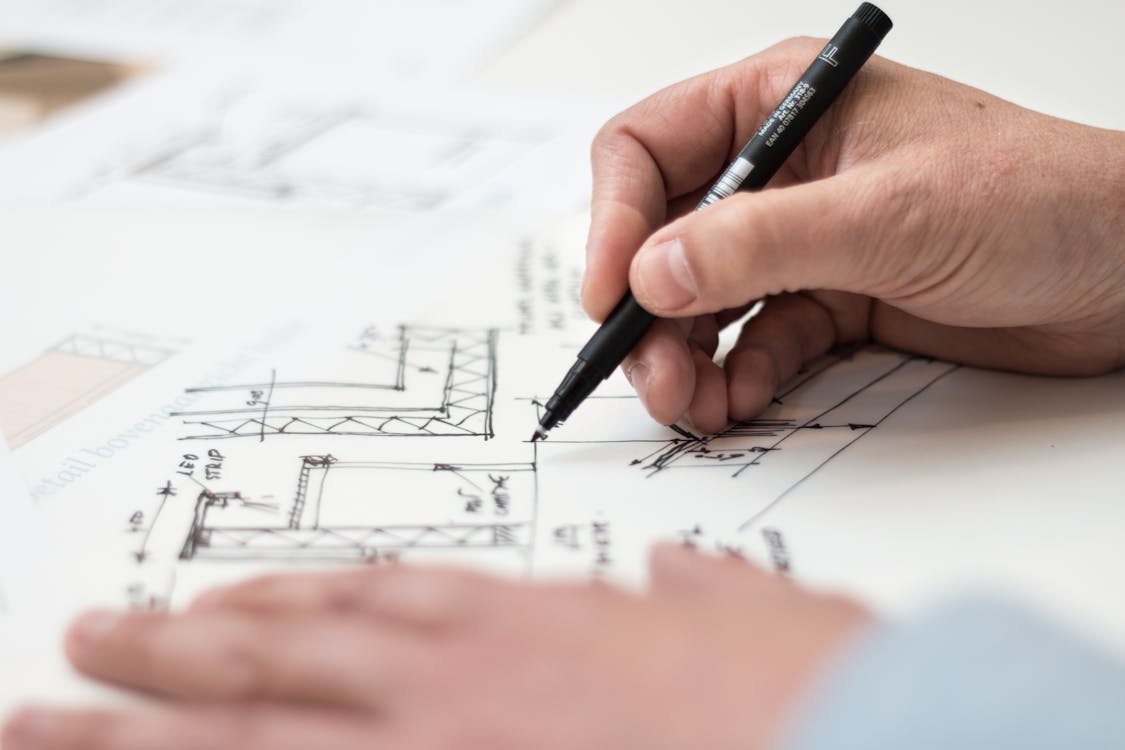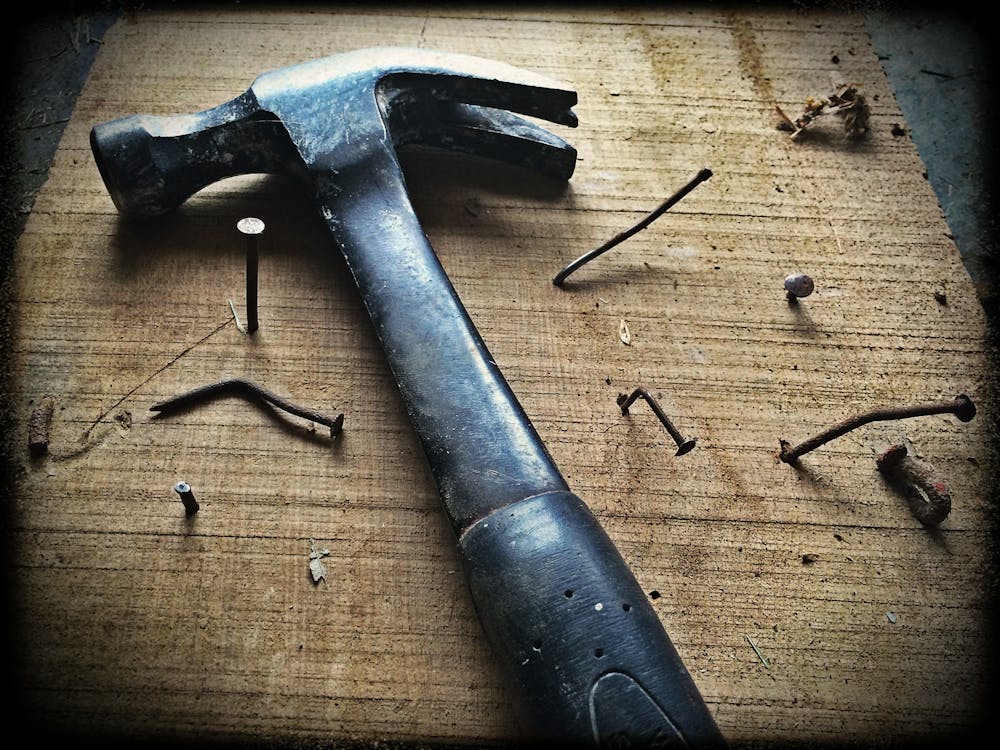The Renovation of the Self
On the Architecture of Our Own Being in 2025

For all of human history, the self has been a house we inherit, not one we design. We were born into its rooms, with their strange layouts and unchangeable foundations. We learned to live with its creaky floorboards of pain, the drafty windows of our fears, and the cluttered attic of memory. We could decorate the rooms, perhaps, but the fundamental architecture of our being—our intelligence, our emotional range, our biological limits—was a given. In 2025, for the first time, we have been handed the blueprints and the tools, and we have begun the renovation.
Necessary Repairs

The first phase of the work was uncontroversial. It was a project of necessary repair. We found the leaks in the roof that let in the rains of hereditary disease, and we patched them with the new plaster of gene-editing. We reinforced the aging foundation of our bodies with bio-synthetic supports, allowing the frail to stand strong. We rewired the faulty circuits in the brain that caused seizures and depression. This was not an act of hubris, but of compassion. We were not changing the house, but simply making it a safer, more stable place to live.
The Remodeling Phase

Then, the project moved from repair to remodeling. This was the phase of upgrades. We decided the original design was no longer sufficient for modern life. Why settle for a small study when we could build a grand library of perfect memory, accessible with a thought? Why rely on a simple peephole when we could install a security system of augmented vision that could see through walls and into the night? Why struggle with the heavy lifting of cognition when we could install a central processing unit, an implant to amplify our intelligence?
Here, the first cracks appeared in our shared world, not in the house itself, but in the neighborhood. The renovations were expensive. Only some could afford them. A new and silent segregation of architecture began. Some now lived in fortified, brilliantly lit smart-mansions of the self, while others remained in the original, unaltered, and now vulnerable structures. The very ground of human equality began to shift beneath our feet, as the disparity was no longer about what you had, but what you were.
The Gut Renovation

Now, we stand on the threshold of the final phase: the gut renovation. We have decided the old rooms are no longer needed. The very layout of the house is inefficient. So we have brought in the sledgehammers. We are knocking down the load-bearing walls. The wall that separates one person’s private thoughts from another’s is being replaced with a seamless, open-plan consciousness via direct neural links. The wall that cordons off the dark, messy basement of our subconscious is being demolished, its contents to be sorted, cataloged, and optimized. The very floorboards of our identity, laid down by years of struggle and experience, are being torn up and replaced with smooth, easy-to-clean synthetic material.
The danger of a gut renovation is not that the structure will collapse. The danger is that, when the work is done, the building will no longer be a home. It will be a sterile, efficient, and unrecognizable space. By removing all the quirks, all the history, all the imperfections that gave the house its character, we risk renovating our own soul into a state of homelessness. We will find ourselves standing in the perfect, polished rooms of our new selves, wondering where the feeling of being "at home" has gone.
The Wisdom of the Renovator

The ultimate question is not about the tools we use, but about the nature of the house itself. Perhaps the creaky floorboards were not a flaw, but a reminder of the steps we have taken. Perhaps the drafty windows were not a weakness, but an invitation for the winds of change to enter our lives. The greatest challenge in this new era is to find the wisdom of a master renovator: to know what must be repaired, what can be upgraded, and what foundational, beautifully imperfect wall must never, ever be torn down.